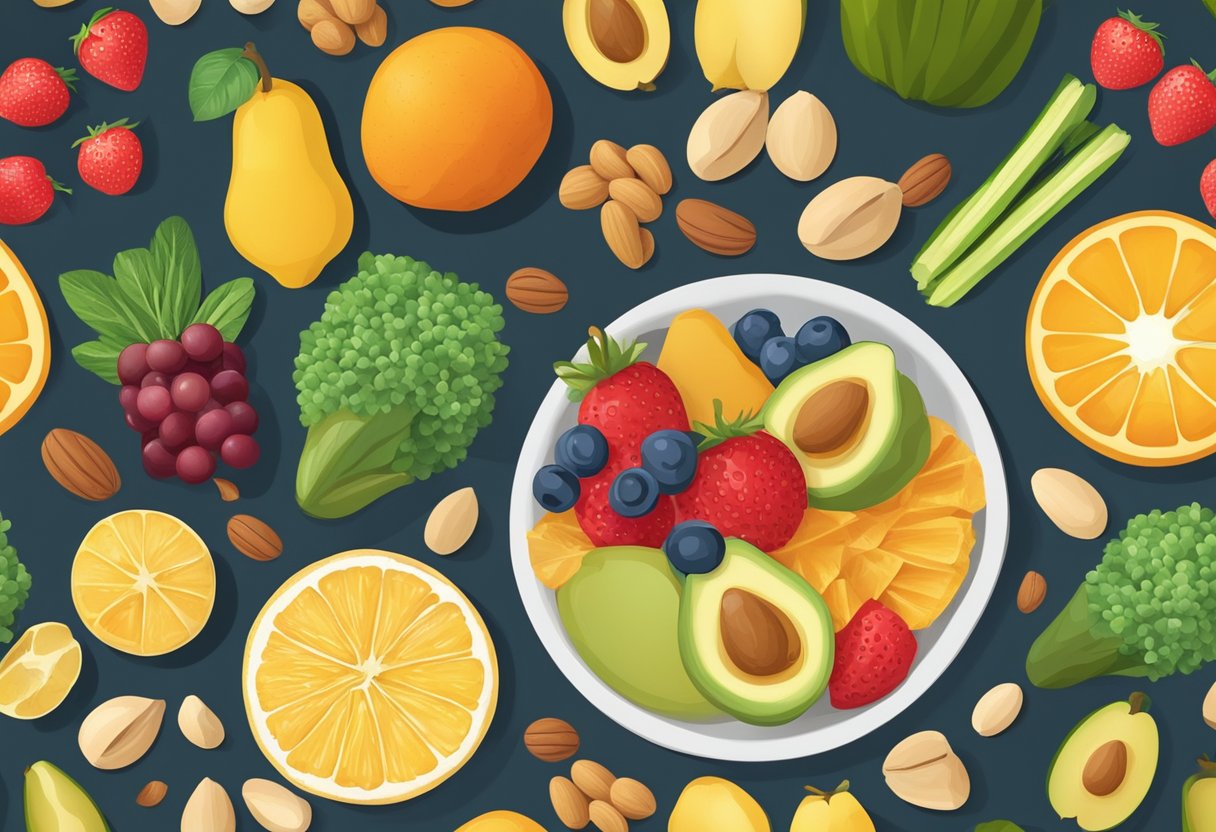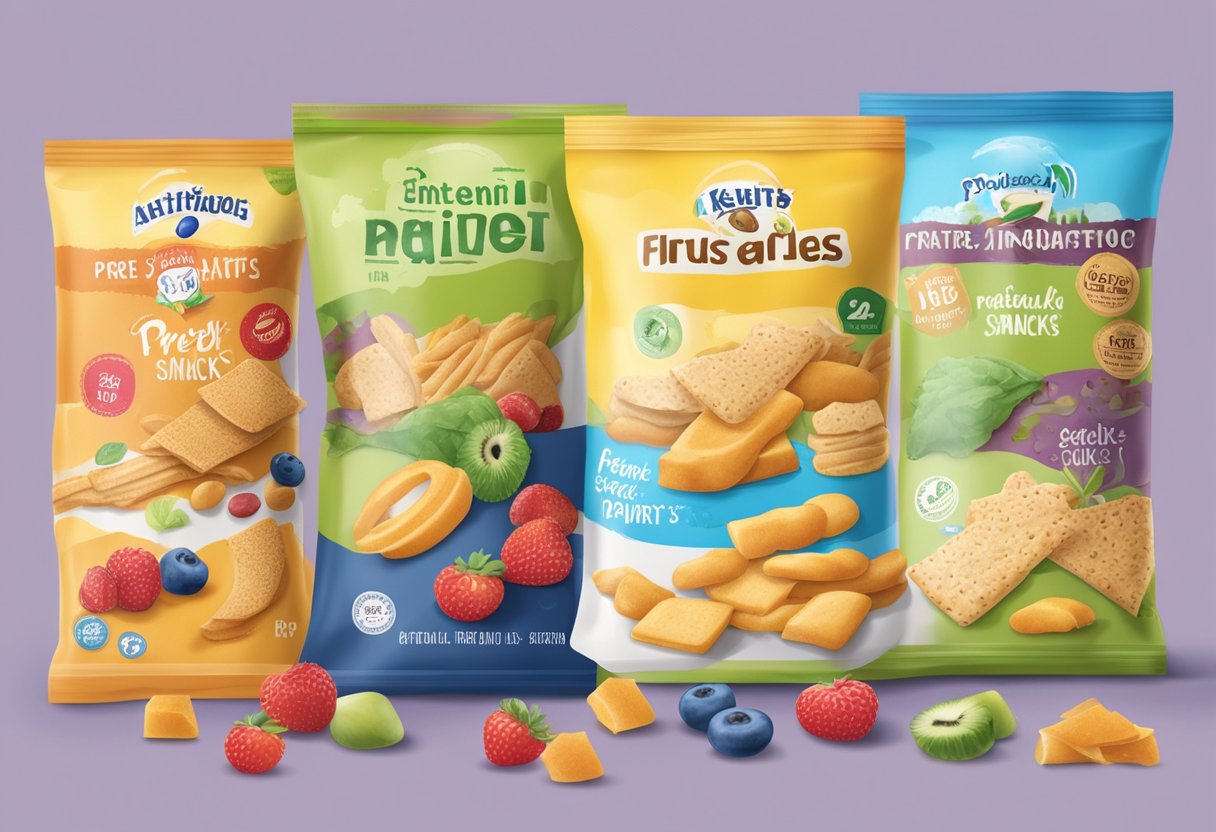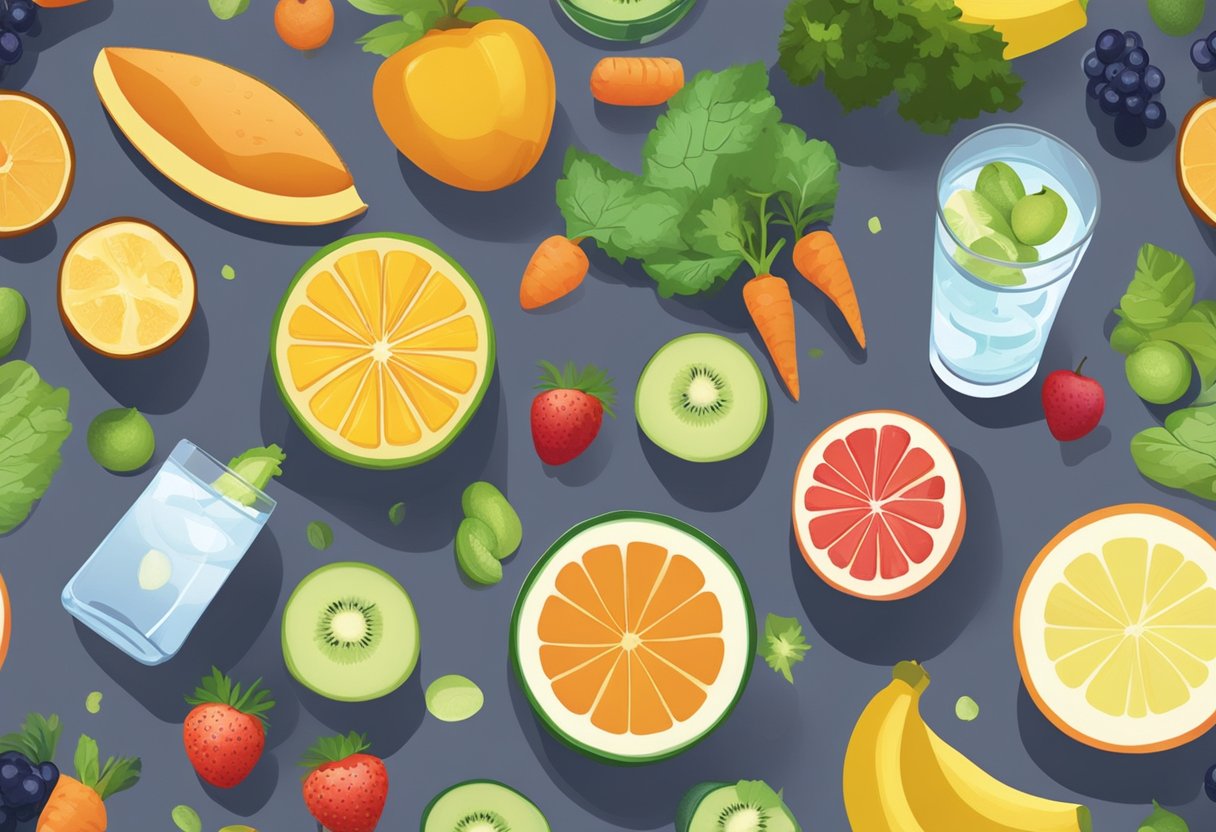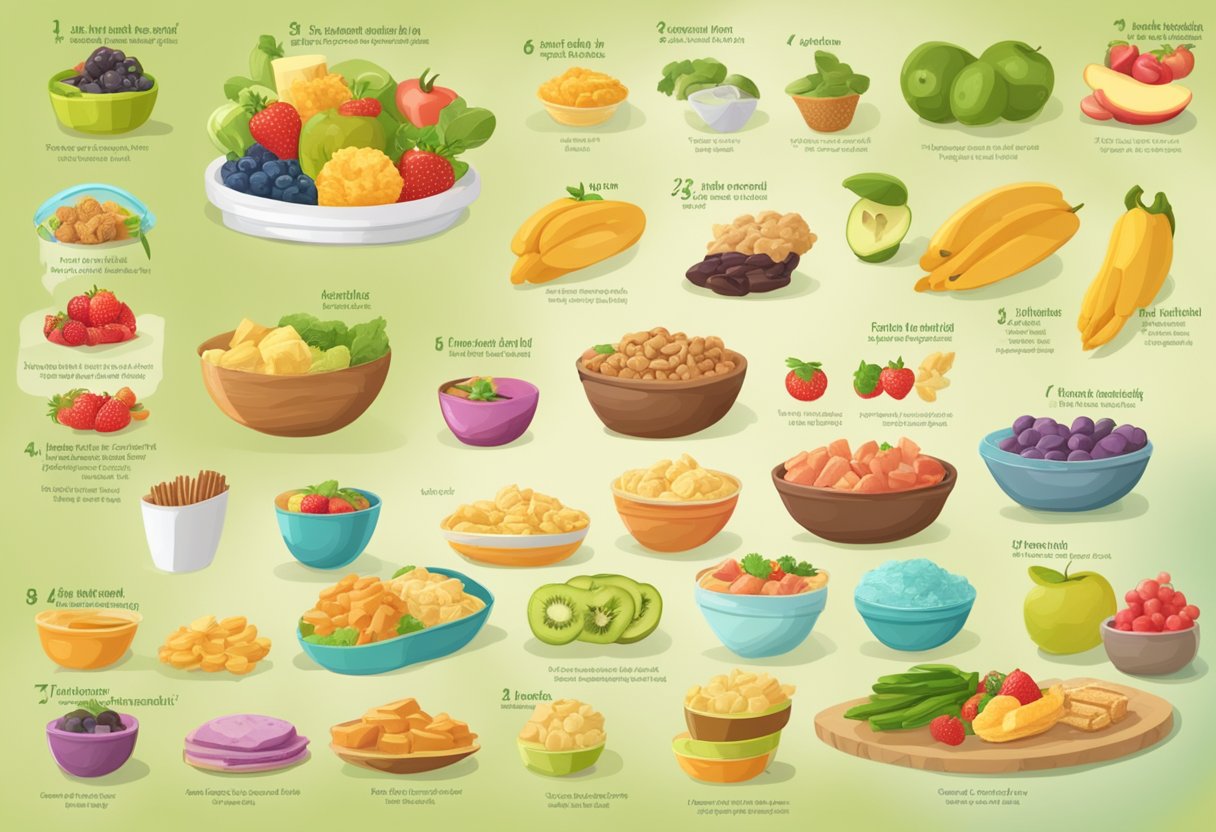On this website, some posts contain affiliate links, which means that if you buy a product using my link, I may earn a commission.
Healthy snacks is an essential part of a child’s diet. Providing nutritious snacks to children between meals can help them maintain their energy levels, improve their concentration, and prevent overeating during mealtime. However, with so many unhealthy snack options available, it can be challenging for parents to find healthy snacks that their kids will enjoy.
Understanding the nutritional needs of children is crucial when it comes to choosing healthy snacks. Children require a balanced diet that includes a variety of nutrients, such as protein, fiber, vitamins, and minerals, to support their growth and development. Choosing snacks that are high in sugar, salt, or unhealthy fats can lead to health problems such as obesity, diabetes, and high blood pressure.
Luckily, there are plenty of healthy snack options that parents can offer their children. From homemade snacks to pre-packaged options, there are many delicious and nutritious snacks that kids will love. This article will provide tips on how to choose healthy snacks for kids and offer some ideas for healthy homemade and pre-packaged snacks that are both tasty and nutritious.
Key Takeaways
- Healthy snacking is an essential part of a child’s diet that can help maintain energy levels, improve concentration, and prevent overeating.
- Understanding the nutritional needs of children is crucial when choosing healthy snacks.
- There are plenty of healthy snack options available, including homemade and pre-packaged options.
Understanding the Importance of Healthy Snacks for Kids


Healthy snacking is an essential part of a child’s diet. It helps to keep their energy levels up, prevents them from overeating during mealtimes, and provides the necessary nutrients for their growth and development. Snacking can also be an opportunity to introduce new foods and flavors to picky eaters.
According to Children’s Hospital Colorado, parents can help their children develop healthy snacking habits by setting an appropriate meal and snack schedule and offering foods rich in nutrients. Children and teens need to eat every 3 to 4 hours, which means snacks are an important part of their daily diet. Snacks should be planned and prepared ahead of time to avoid reaching for unhealthy options like chips or candy.
Choosing healthy snacks can also help children meet their daily nutritional needs. Health Powered Kids recommends looking to the five food groups (vegetables, fruits, grains, dairy, and protein) for healthful snack choices. For example, string cheese (dairy) paired with apple slices (fruit) or whole-grain crackers (grains) with hummus (protein) are excellent options.
It’s important to note that snacks should not replace meals but rather supplement them. Snacks should be small and filling enough to tide children over until their next meal. Parents should also be mindful of the portions and avoid overfeeding their children with snacks. By providing healthy snacks, parents can help their children maintain a healthy weight and reduce the risk of chronic diseases later in life.
Nutritional Needs of Children


Children have different nutritional needs than adults, and it is important to ensure that they are getting the right nutrients to support their growth and development. According to the CDC, a healthy eating pattern for children should include a variety of fruits, vegetables, whole grains, lean proteins, and low-fat dairy products.
One of the most important nutrients for children is calcium, which is essential for building strong bones and teeth. Good sources of calcium include milk, cheese, yogurt, and fortified cereals. Children also need plenty of protein to support muscle growth and repair. Lean sources of protein include chicken, fish, beans, and tofu.
Another important nutrient for children is iron, which is needed to make red blood cells and carry oxygen throughout the body. Good sources of iron include lean meats, beans, fortified cereals, and leafy green vegetables.
Fiber is also important for children, as it helps to promote healthy digestion and can reduce the risk of constipation. Good sources of fiber include fruits, vegetables, whole grains, and beans.
It is important to limit the amount of added sugars and saturated fats in a child’s diet, as these can contribute to obesity and other health problems. Snacks can be a great way to provide children with the nutrients they need, but it is important to choose healthy options. Some healthy snack options for children include fresh fruit, raw vegetables with hummus or yogurt dip, whole grain crackers with cheese, and low-fat popcorn.
Choosing the Right Snacks


When it comes to choosing snacks for kids, it’s important to focus on foods that are not only tasty but also healthy. Parents should aim to provide snacks that are rich in nutrients and low in added sugars and unhealthy fats. Here are some tips for choosing the right snacks for kids:
1. Look for Whole Foods
Whole foods are foods that are minimally processed and contain no added sugars or unhealthy fats. These foods are rich in nutrients and are a great choice for snacks. Some examples of whole foods that make great snacks include fresh fruits and vegetables, nuts and seeds, and whole-grain crackers.
2. Choose Foods That Are High in Protein
Protein is an important nutrient that helps keep kids feeling full and satisfied. Snacks that are high in protein can help prevent overeating and keep kids energized throughout the day. Some good sources of protein for snacks include Greek yogurt, string cheese, and hummus.
3. Include Healthy Fats
Healthy fats are an important part of a balanced diet and can help keep kids feeling full and satisfied. Some good sources of healthy fats for snacks include nuts and seeds, avocado, and nut butters.
4. Limit Added Sugars
Added sugars are a major source of empty calories in the American diet and can contribute to weight gain and other health problems. Parents should aim to limit the amount of added sugars in their child’s diet by choosing snacks that are low in added sugars. Some good options include fresh fruit, plain yogurt, and whole-grain crackers.
5. Make It Fun
Kids are more likely to eat healthy snacks if they are fun and appealing. Parents can make snacks more fun by cutting them into fun shapes, using colorful plates and bowls, and allowing kids to help prepare their snacks.
Healthy Homemade Snack Ideas


When it comes to healthy snacks for kids, homemade options are always a great choice. They are not only healthier than store-bought snacks, but also allow you to control the ingredients and customize them to your child’s taste preferences. Here are a few easy and nutritious homemade snack ideas that your kids will love:
Fruit and Nut Bars
Fruit and nut bars are a great snack option for kids as they are packed with fiber, protein, and healthy fats. They are also easy to make and can be customized with your child’s favorite fruits and nuts. To make fruit and nut bars, simply blend together dates, nuts, dried fruits, and any other desired ingredients, then press the mixture into a baking dish and refrigerate until firm. Cut into bars and serve.
Vegetable Sticks with Hummus
Vegetable sticks with hummus are a classic healthy snack for kids. They are easy to prepare and provide a nutritious combination of fiber, protein, and vitamins. Simply cut up your child’s favorite vegetables, such as carrots, cucumbers, and bell peppers, and serve with a side of hummus for dipping. You can also add some whole grain crackers or pita chips for extra crunch.
Whole Grain Muffins
Whole grain muffins are a great snack option for kids as they are easy to make, portable, and can be customized with a variety of healthy ingredients. To make whole grain muffins, simply combine whole wheat flour, baking powder, eggs, milk, and any other desired ingredients, such as fruits, nuts, or seeds. Bake in a muffin tin and serve as a healthy snack or breakfast option.
Overall, these homemade snack ideas are not only delicious but also nutritious, providing your child with the energy and nutrients they need to grow and thrive.
Healthy Pre-Packaged Snack Options


When it comes to healthy snacks for kids, pre-packaged options can be a convenient and easy choice. Here are some great options that are low in sugar and high in nutrition:
Low Sugar Yogurts
Yogurt is a great snack option for kids, but many brands are packed with added sugars. Look for low sugar options like Siggi’s Yogurt, which has only 4 grams of sugar per serving and is made with simple, whole food ingredients. Another great option is Chobani Less Sugar Greek Yogurt, which has only 9 grams of sugar and is high in protein.
Whole Grain Crackers
Crackers can be a great snack option for kids, but many brands are made with refined flour and are high in sodium. Look for whole grain options like Mary’s Gone Crackers or Blue Diamond Almond Nut-Thins, which are made with whole grain rice and almonds and are gluten-free. These crackers are also a good source of fiber and protein.
Dried Fruits
Dried fruits can be a great snack option for kids, but many brands are packed with added sugars. Look for options like Sunsweet Ones, which are individually wrapped prunes that are free from added sugars and preservatives. Another great option is That’s It Fruit Bars, which are made with only two ingredients – fruit and fruit – and are free from added sugars and preservatives. These bars are also a good source of fiber and are perfect for on-the-go snacking.
Overall, there are many healthy pre-packaged snack options available for kids that are low in sugar and high in nutrition. By choosing these options, parents can provide their kids with convenient and healthy snacks that they will love.
Incorporating Snacks into a Balanced Diet


Snacks can be an important part of a child’s diet, as they provide an opportunity to fill in nutritional gaps and keep hunger at bay between meals. However, it’s important to choose snacks that are healthy and balanced, rather than relying on processed and sugary options.
One way to ensure that snacks are balanced is to incorporate a variety of food groups. For example, a snack could include a combination of protein, carbohydrates, and healthy fats. This could be achieved by pairing a piece of fruit with a handful of nuts or seeds, or by serving vegetables with hummus or guacamole.
Another way to ensure that snacks are balanced is to pay attention to portion sizes. It can be easy to overdo it on snacks, especially if they are high in calories or sugar. Providing pre-portioned snacks or setting aside a designated snack time can help prevent overconsumption.
Parents and caregivers can also involve children in the snack selection process. This can help children feel empowered and more likely to choose healthy options. For example, offering a variety of fruits and vegetables and allowing children to choose which ones they would like to try can be a fun and engaging way to encourage healthy snacking.
Overall, incorporating snacks into a balanced diet can help children meet their nutritional needs and maintain energy levels throughout the day. By choosing healthy and balanced options and paying attention to portion sizes, parents and caregivers can help promote healthy eating habits in children.
Tips for Encouraging Healthy Snacking Habits


Encouraging healthy snacking habits in kids is an important step towards ensuring their overall health and well-being. Here are some tips to help parents and caregivers promote healthy snacking habits:
Setting a Good Example
One of the best ways to encourage healthy snacking habits in kids is to set a good example. Parents and caregivers should model healthy eating habits by choosing nutritious snacks themselves. This can include fresh fruits and vegetables, whole-grain crackers, and low-fat dairy products. When kids see their parents and caregivers making healthy choices, they are more likely to do the same.
Making Snacks Fun
Kids are more likely to eat healthy snacks if they are fun and appealing. Parents and caregivers can make snacks more enjoyable by presenting them in creative ways. For example, they can cut fruits and vegetables into fun shapes or arrange them into colorful patterns. Snacks can also be served with dips or spreads, such as hummus or yogurt, to make them more exciting.
Involving Kids in Preparation
Involving kids in the preparation of snacks can make them more interested in eating healthy foods. Parents and caregivers can ask kids to help with tasks such as washing fruits and vegetables, mixing ingredients, or arranging snacks on a plate. This can also be a great opportunity to teach kids about nutrition and healthy eating habits.
By following these tips, parents and caregivers can help kids develop healthy snacking habits that will benefit them throughout their lives.
Frequently Asked Questions


What are some easy and healthy snack options for kids?
When it comes to healthy snacks for kids, there are plenty of options that are both easy and tasty. Some examples include:
- Fresh fruit, such as apples, bananas, and grapes
- Raw vegetables, such as carrot sticks, celery, and cherry tomatoes
- Yogurt
- Cheese sticks
- Whole-grain crackers with hummus or guacamole
- Trail mix with nuts and dried fruit
What are some protein-rich snacks that kids will enjoy?
Protein is an important nutrient that helps kids grow and develop. Here are some protein-rich snacks that kids will enjoy:
- Hard-boiled eggs
- Peanut butter or almond butter on whole-grain toast or apple slices
- Greek yogurt with fruit
- Edamame
- Roasted chickpeas
- Turkey or ham roll-ups with cheese
What are some healthy chip alternatives for kids?
Chips are a popular snack among kids, but they are often high in fat and calories. Here are some healthy chip alternatives that kids will love:
- Baked sweet potato chips
- Baked kale chips
- Air-popped popcorn
- Whole-grain pita chips with hummus or salsa
- Rice cakes with almond butter or avocado
What are some filling snack options for kids?
Filling snacks can help keep kids satisfied between meals. Here are some filling snack options for kids:
- Apple slices with peanut butter
- Hard-boiled eggs
- Greek yogurt with fruit and granola
- Cheese and whole-grain crackers
- Trail mix with nuts and dried fruit
- Hummus with raw vegetables or whole-grain pita chips
What are some healthy snack ideas for school?
When packing snacks for school, it’s important to choose options that are easy to transport and don’t require refrigeration. Here are some healthy snack ideas for school:
- Fruit cups or applesauce
- Granola bars made with whole grains and nuts
- Trail mix with nuts and dried fruit
- Whole-grain crackers with cheese or hummus
- Baby carrots with ranch dressing or hummus
- Peanut butter and jelly sandwich on whole-grain bread
What are some low-sugar snack options for kids?
Many kids consume too much sugar, which can lead to health problems such as obesity and tooth decay. Here are some low-sugar snack options for kids:
- Fresh fruit
- Raw vegetables with hummus or guacamole
- Greek yogurt with fruit
- Cheese sticks
- Hard-boiled eggs
- Whole-grain crackers with almond butter or avocado
On this website, some posts contain affiliate links, which means that if you buy a product using my link, I may earn a commission.

